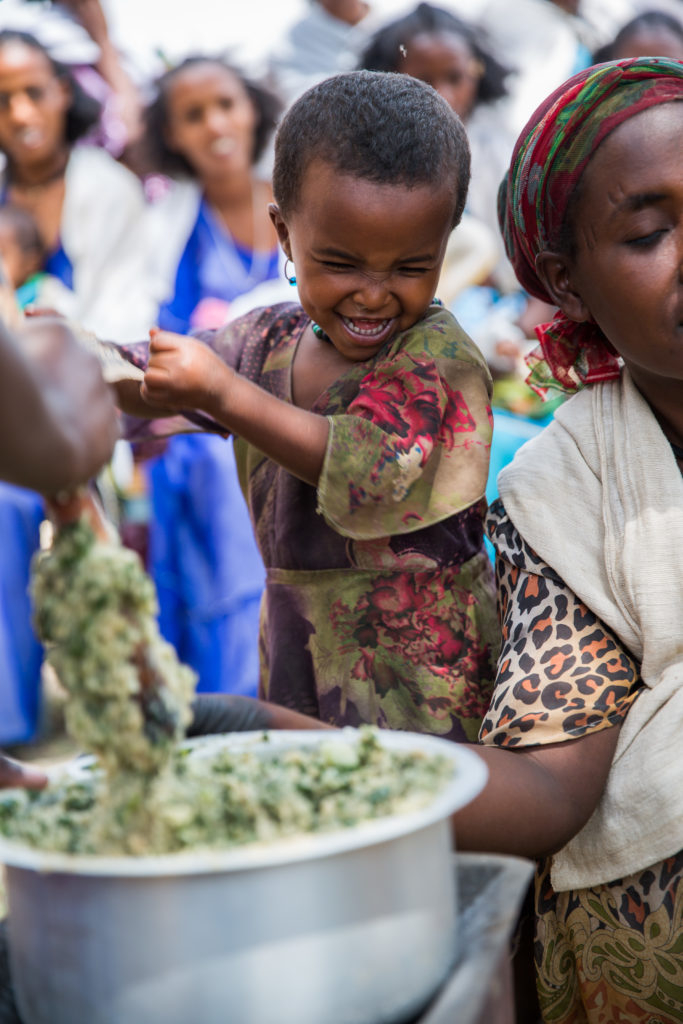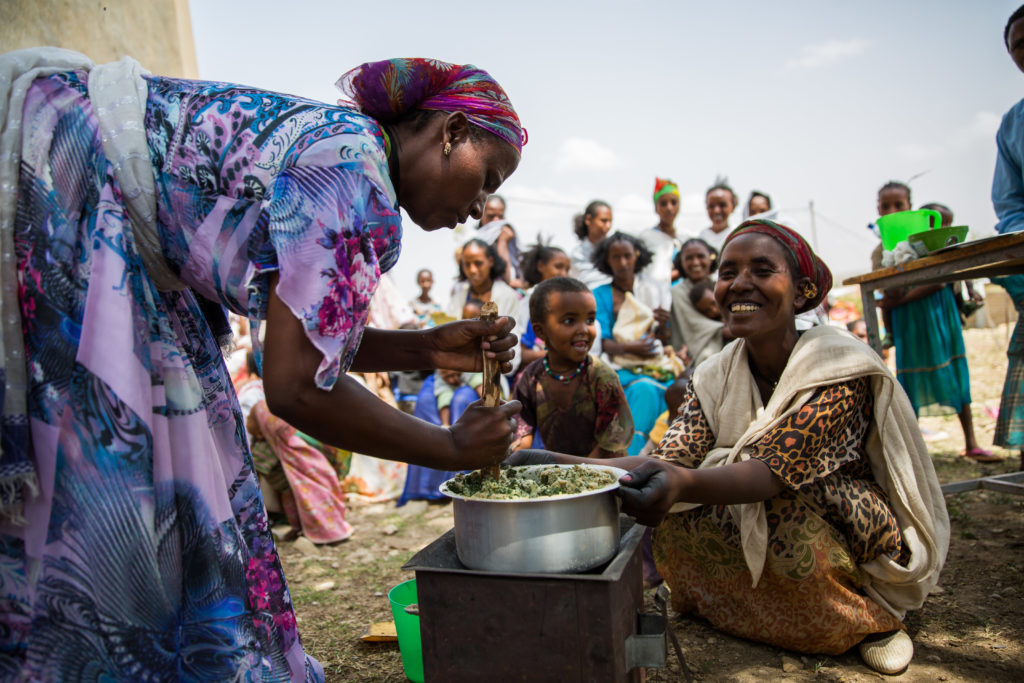America’s global development and nutrition strategy: A conversation with Rep. Joaquin Castro

Over the past 50 years, the United States has been a leader in global health, reducing preventable child deaths around the world by 56%. Despite these victories, 3.1 million children die from malnutrition in an average year — more than AIDS, malaria, and tuberculosis combined. The COVID-19 pandemic threatens to dramatically increase rates of malnutrition around the world, with experts predicting that pandemic-related disruptions to food and health systems could cause global malnutrition to rise by up to 50%, as well as ripple effects continuing for years to come. In many parts of the world, malnutrition related to the pandemic is projected to kill more people, especially children, than the pandemic itself.
Lessons from Fortification Efforts in the Southwestern Highlands of Tanzania

Maize and rice are staple foods in Tanzania’s Southern Highlands, and are produced primarily by small-scale farmers. Many people in the region rely on maize flour, or sembe, in particular […]
Role of Micronutrients in Child Growth and Development

Micronutrient deficiencies form a leading global health issue resulting in poor child growth and development outcomes. Inadequate micronutrient intake has been identified as one of the causes, but implementing mitigation […]
Effectiveness of Multi-Sectoral Programming to Improve Nutrition-Sensitive Agriculture, Nutrition, and Health: Experiences from Nepal, Bangladesh, and Uganda

Leveraging multi-sectoral programming to improve health and nutrition has gained attention over recent years. Collaboration between sectors has the potential to address many of the root causes of malnutrition. However, […]